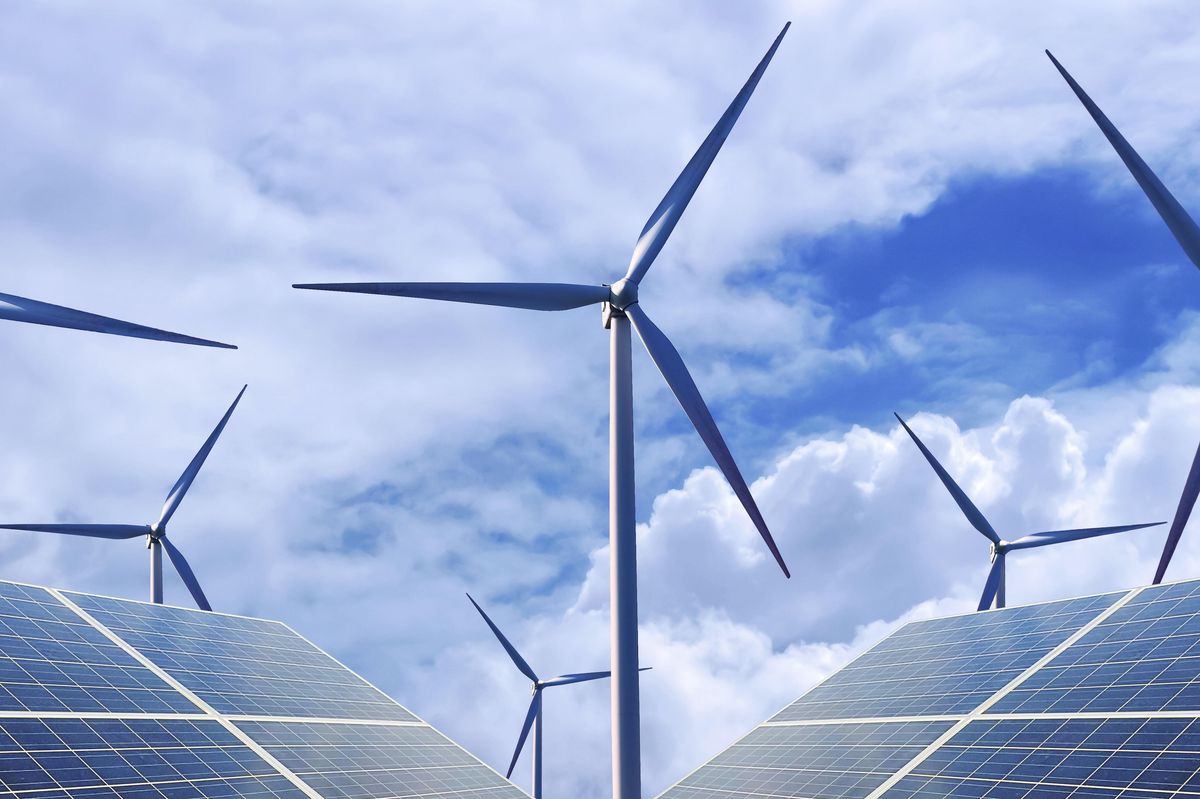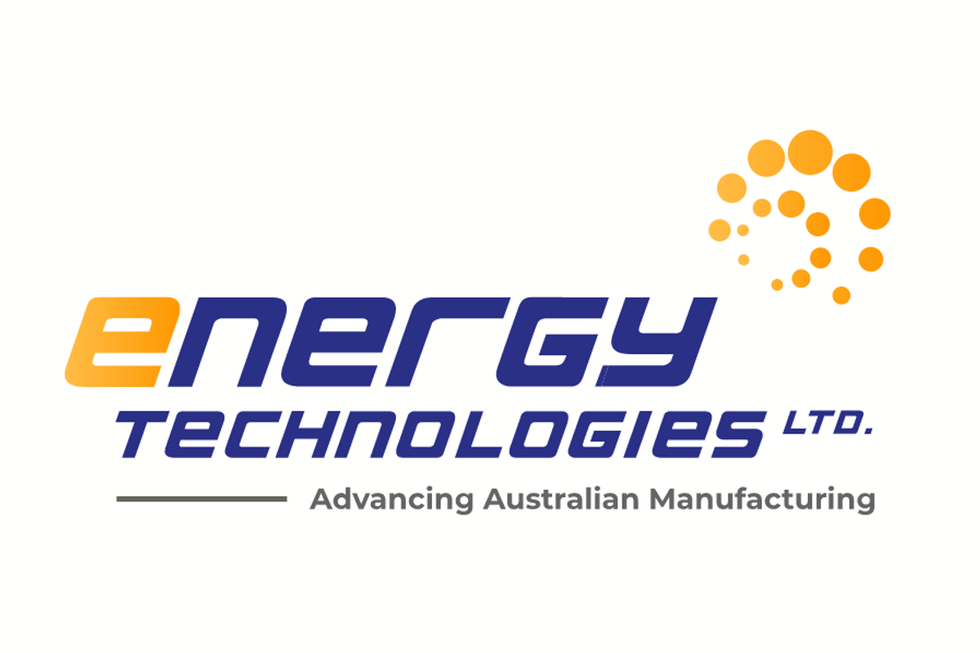Renewable Energy Investing in Australia
Almost 36 percent of Australia's energy comes from renewable sources, making it a country to watch when it comes to renewable energy. Here's how investors can get involved.

As cultures, political movements and scientific advancements shift, the world is becoming increasingly interested in the rapidly growing renewable energy sector.
In Australia, the generation of renewable energy has risen sharply, increasing from less than 20,000 gigawatt hours in 1999 to around 84,056 gigawatt hours in 2022. In fact, a report from the Australian Academy of Technological Sciences and Engineering predicts that Australia will be generating 50 percent of its energy from renewable sources by 2025.
Clearly the Australian renewable energy sector is on the rise. So how should prudent investors navigate the industry's different opportunities? And what are the ways to approach such investment opportunities? Read on to find out.
What is renewable energy?
Renewable energy comes from natural processes, such as wind currents or moving water. It replenishes at a rate equal to or greater than its consumption, and is not used up in the same way that fossil fuels are depleted. For example, a wind turbine turns with the wind, and does not burn up the wind it uses to generate power.
There are many types of renewable energy. The most widely used source of renewable energy worldwide is hydropower — 17 percent of the world's power was hydro in 2020, and hydro accounts for almost 60 percent of total renewable energy.
Although hydropower is the most common source of renewable energy, wind and solar power are also very popular, and there are many other sources as well, including geothermal, biomass, biogas and liquid biofuels. Solar panels absorb heat from the sun and convert it to power, while water wheels and wind turbines turn kinetic energy into electricity; for its part, geothermal power uses natural hot water sources to employ the Earth itself as a steam engine.
All in all, renewable energy is relatively new. Initially, efforts to capitalise on most renewable sources were a struggle — early solar panels lacked efficiency, for instance, although hydroelectric power is an exception and has long been used by governments to augment their citizens' energy needs.
Today the world is taking more and more notice of renewable energy. Deals made at the United Nations, such as the Paris Agreement, which was adopted in December 2015, have instituted legally binding target numbers for lowered emissions. A big part of meeting those goals will be renewable energy sources.
Consequently, it is only a matter of time before the renewable energy sector grows exponentially larger. The need and demand for clean energy is rising quickly. In fact, it is hard to conceive of a world where clean energy from renewable sources is not emphasised more and more every year.
How to invest in ASX renewable energy stocks?
As of 2022, 35.9 percent of Australia's energy generation came from renewable sources. The largest sources of renewable energy in Australia are rooftop solar and wind, each accounting for approximately 9.3 percent and 12.8 of the country's energy sources (and when combined almost 61.4 percent of the renewable energy total). Hydro energy has remained mostly steady in terms of its overall percentage of energy generated, whereas solar and wind have been on the climb. Biomass and geothermal sources are still comparatively low in terms of percentage of generated power.
There are many utilities companies listed on the ASX that are investing in renewable energy sources. Here's a look at the five largest based on market capitalisation. Data was retrieved on April 12, 2023, using TradingView's stock screener, and companies are listed in descending order from largest to smallest.
1. Origin Energy (ASX:ORG)
Market cap: AU$14.29 billion; current share price: AU$8.29
Origin Energy is an integrated energy company that has both renewable and non-renewable energy output. The company buys wind power from wind farms in Australia and is the nation's largest buyer of utility-scale solar energy. It also installs solar panels.
2. Meridian Energy (ASX:MEZ)
Market cap: AU$12.29 billion; current share price: AU$4.92
Listed both in New Zealand and Australia, Meridian Energy is New Zealand’s largest electricity generator through its five wind farms, seven hydro power stations and commercial solar arrays.
Meridian has begun construction on a new wind farm in Harapaki, which will be New Zealand’s second largest wind farm. The company also designed and built the Ross Island wind farm, which is located in Antarctica.
3. Mercury (ASX:MCY)
Market cap: AU$8.07 billion; current share price: AU$5.80
Mercury (ASX:MCY) has nine hydro stations, five wind farms and five geothermal stations; it is also developing battery energy storage systems. Battery and power storage capabilities are essential elements for renewable energy.
4. Infrantil (ASX:IFT)
Market cap: AU$6.29 billion; current share price: AU$8.69
Infrantil is an infrastructure company that invests in energy, transport and social infrastructure, and has renewable investments in Trust Power, Longroad Energy, Gurin Energy and Galileo Green Energy.
5. Contact Energy (ASX:CEN)
Market cap: AU$5.58 billion; current share price: AU$7.10
New Zealand-based Contact Energy owns and operates 11 power stations and produces 80 to 85 percent of its electricity from its renewable hydro and geothermal stations.
This is an updated version of an article first published by the Investing News Network in 2022.
Don't forget to follow us @INN_Australia for real-time updates!
Securities Disclosure: I, Ryan Sero, hold no direct investment interest in any company mentioned in this article.





